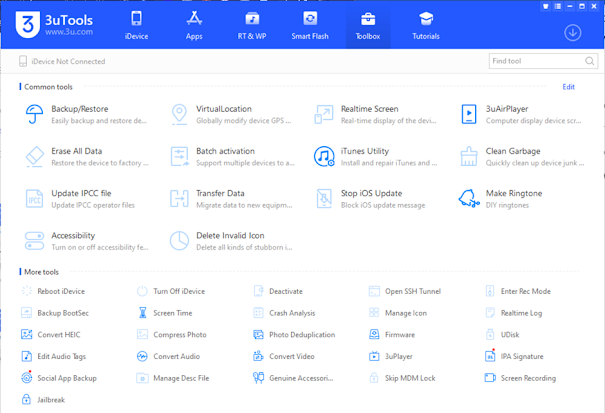The Silent Threat in Directory Services: Understanding LDAP Injection
In today's interconnected digital world, web applications often rely on directory services such as LDAP (Lightweight Directory Access Protocol) for authentication, authority and information lookup. While incredibly useful, these systems can be dangerously weakened when developers ignore safe coding practices. One of the most harmful and most harmful hazards is LDAP injection. This blog explains what LDAP injections are, how the attackers exploit it, and the most effective ways to defend it.
What is LDAP injection?
LDAP injection is a type of injection attack where malicious LDAP statement is inserted into a query via uneven user input. This allows the attackers to direct questions and potentially manipulated:
- Bypass certification.
- Use or modify unauthorized directors objects.
- Exfiltrate sensitive data.
- Get privilege or gain administrator access.
LDAP is used widely in the enterprise environment to manage user credentials and resources. Therefore, a successful LDAP injection can compromise not only a web app but also the entire internal infrastructure.
How LDAP Injection Works
LDAP queries often look like this:
String ldapSearchQuery = "(uid=" + userInput + ")";
If the application does not sanitize userInput, an attacker can craft a string like:
johnDoe)(|(uid=*))
This transforms the LDAP query to:
(uid=johnDoe)(|(uid=*))
This means the query will return all users because of the injected filter (|(uid=*)). If used in an authentication context, the attacker could potentially log in without knowing valid credentials.
Real-World Example: Bypassing Login Authentication
Vulnerable Code Sample (Java)
String username = request.getParameter("username");
String password = request.getParameter("password");
String filter = "(&(uid=" + username + ")(userPassword=" + password + "))";
If an attacker submits:
username=*)(uid=*
`password=*)(&)
The resulting filter becomes:
(&(uid=*)(uid=*)(userPassword=*)(&))
This bypasses the password check and may grant access without valid credentials.
Prospects of exploitation
- User Calculation: Injecting all users to list or inject filter to detect valid user names.
- Privilege enhancement: Injecting questions that return the administrator-level items.
- Information Disclosure: Reading confidential information stored in directory characteristics.
- Account Herfer: In some systems, LDAP injection may lead to a modification of user data or group membership.
How to stop ldap injection
1. Input verification and white
- Always validate and restrict the user input for acceptable characters (eg, alphanumeric).
- Reject special characters like *, (,), and, and = = until clearly needed, *, (,), and, and =.
2. Use parameter ldap queries
- Many languages and framework support API safe for LDAP Querry. Avoid string contact.
- For example, use dircontext in Java with properly avoiding and obliged parameters.
3. Avoid special characters
- Encods or escape the characters with special meanings in LDAP filter.
- Use auxiliary tasks or libraries that safely manufacture LDAP queries.
4. Apply strong certification control
- Use multi-factor authentication (MFA) to reduce the impact of account agreement.
- Log and monitor authentication effort for unusual patterns.
5. Minimum privilege access
- Limit the privileges of the application account used to query LDAP.
- Ensure that it can only read the required characteristics and do not modify significant data.
6. Safety testing and monitoring
- Do regular vulnerability assessment and admission tests.
- Use a web application firewall (WAFS) to block the known injection pattern.
LDAP injection attacks
Log analysis: Monitor LDAP Query Log for suspected pattern (eg, excessive wildcards or logical operators).
Safety Alert: Apply real -time alert to fail login efforts or unusual directors access.
Monitoring behavior: Use tool detection tools to identify deviations from general user behavior.
Conclusion
LDAP injection is a subtle but serious threat that can reduce the basic security of web applications and enterprise networks. Developers can significantly reduce the risk of such attacks how it works and implements strictly safe coding practices. With all safety threats, awareness, prevention and constant vigilance are important.
Protecting the directory services is not just about the protection of data - this is about preserving trust, stability and control in your digital ecosystem.






Comments
Post a Comment